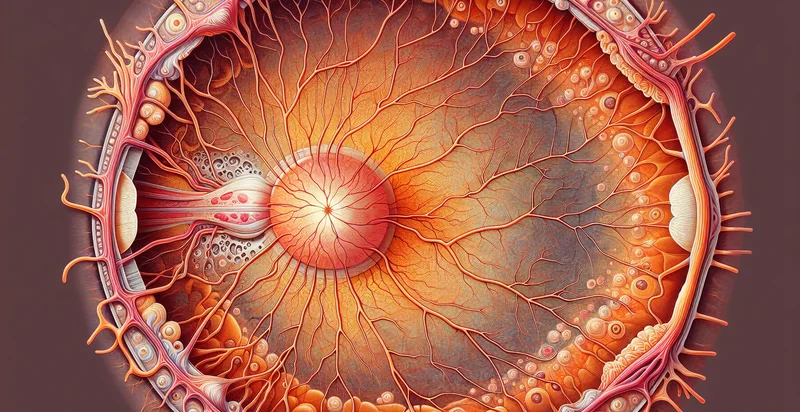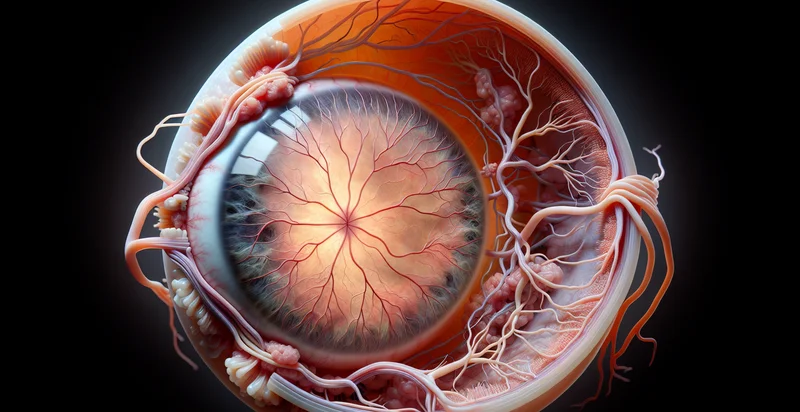Identify retinal scarring
using AI
Below is a free classifier to identify retinal scarring. Just upload your image, and our AI will predict if retinal scarring is present - in just seconds.

Contact us for API access
Or, use Nyckel to build highly-accurate custom classifiers in just minutes. No PhD required.
Get started
import nyckel
credentials = nyckel.Credentials("YOUR_CLIENT_ID", "YOUR_CLIENT_SECRET")
nyckel.invoke("retinal-scarring", "your_image_url", credentials)
fetch('https://www.nyckel.com/v1/functions/retinal-scarring/invoke', {
method: 'POST',
headers: {
'Authorization': 'Bearer ' + 'YOUR_BEARER_TOKEN',
'Content-Type': 'application/json',
},
body: JSON.stringify(
{"data": "your_image_url"}
)
})
.then(response => response.json())
.then(data => console.log(data));
curl -X POST \
-H "Content-Type: application/json" \
-H "Authorization: Bearer YOUR_BEARER_TOKEN" \
-d '{"data": "your_image_url"}' \
https://www.nyckel.com/v1/functions/retinal-scarring/invoke
How this classifier works
To start, upload your image. Our AI tool will then predict if retinal scarring is present.
This pretrained image model uses a Nyckel-created dataset and has 2 labels, including No Scarring and Scarring Present.
We'll also show a confidence score (the higher the number, the more confident the AI model is around if retinal scarring is present).
Whether you're just curious or building retinal scarring detection into your application, we hope our classifier proves helpful.
Related Classifiers
Need to identify retinal scarring at scale?
Get API or Zapier access to this classifier for free. It's perfect for:
- Early Detection of Diabetic Retinopathy: This function can be used in diabetic patients to identify potential retinal scarring, allowing for early intervention. By enabling healthcare providers to detect complications sooner, they can implement treatment plans to prevent vision loss.
- Remote Telemedicine Consultations: The retinal scarring identifier can be integrated into telemedicine platforms to assist ophthalmologists in diagnosing patients remotely. This technology enhances patient care by providing quick, accurate assessments, especially in underserved areas lacking specialized eye care.
- Monitoring Disease Progression: Clinics can employ this function to track changes in retinal scarring over time for patients with known eye conditions. Regular assessments can aid in measuring the effectiveness of treatments and adjusting therapy protocols accordingly.
- Clinical Decision Support Systems: The retinal scarring identifier can be incorporated into electronic health record systems as a decision support tool. Physicians can receive automated alerts for patients at high risk of scarring, promoting preventative care and timely referrals to specialists.
- Research and Clinical Trials: Pharmaceutical and biotechnology companies can utilize this function in clinical studies assessing new treatments for retinal diseases. Accurate classification of retinal scarring can help evaluate treatment efficacy and improve study outcomes.
- Public Health Surveillance: Public health organizations can leverage this technology to monitor the prevalence of retinal scarring in different populations. By analyzing trends and risk factors, they can design targeted prevention programs and improve community health initiatives.
- Education and Training for Healthcare Professionals: Medical institutions can employ the retinal scarring identifier in training programs for ophthalmology students. This practical tool can enhance learning by providing real-time feedback on diagnostic skills and aiding in the identification of subtle retinal changes.


